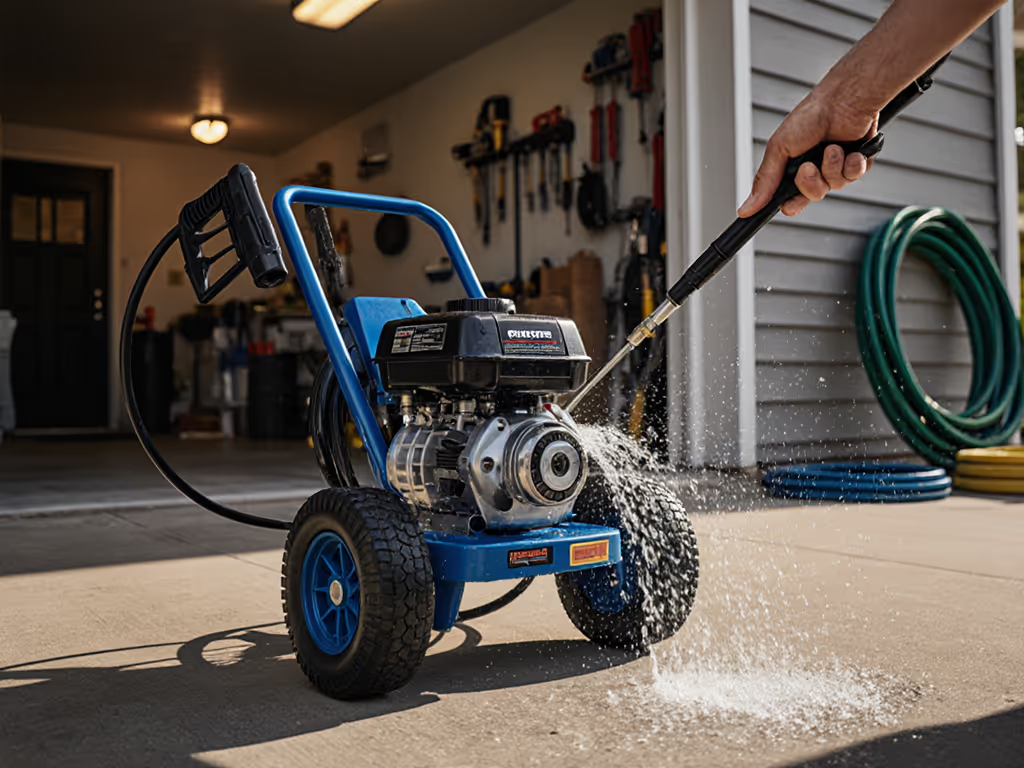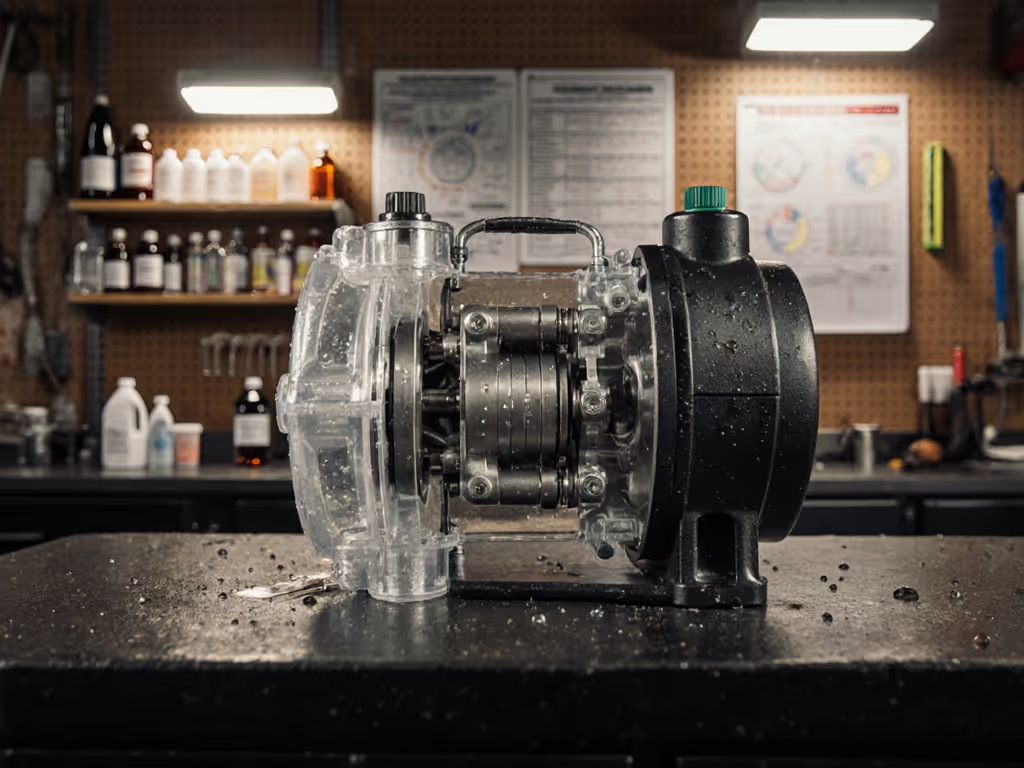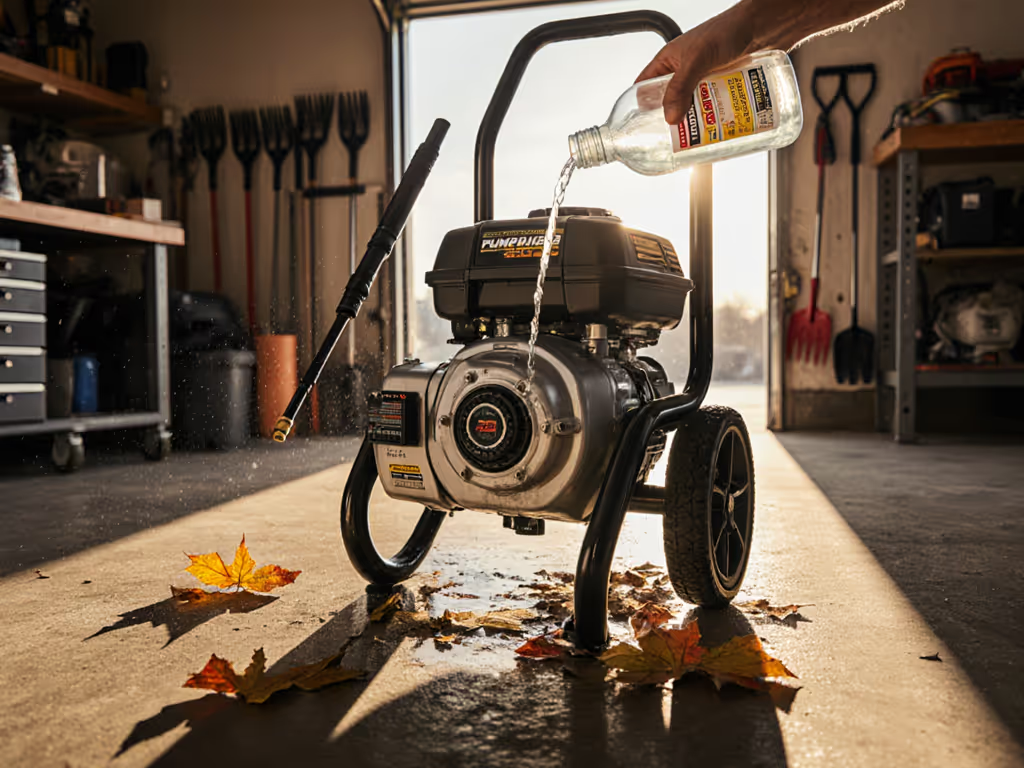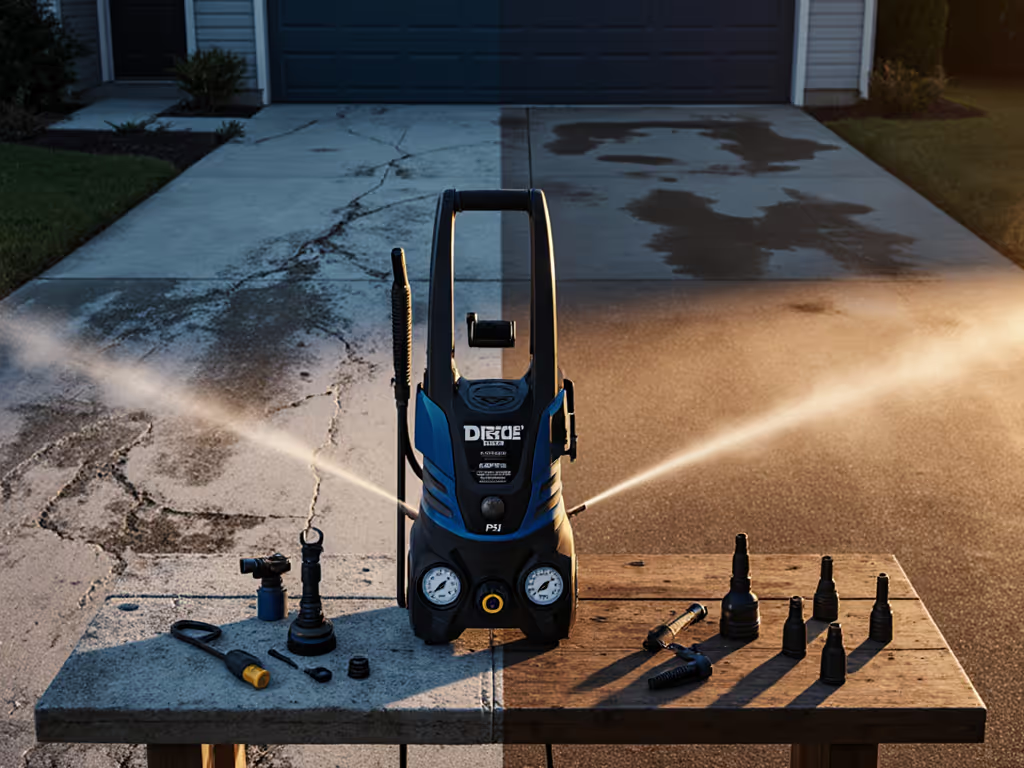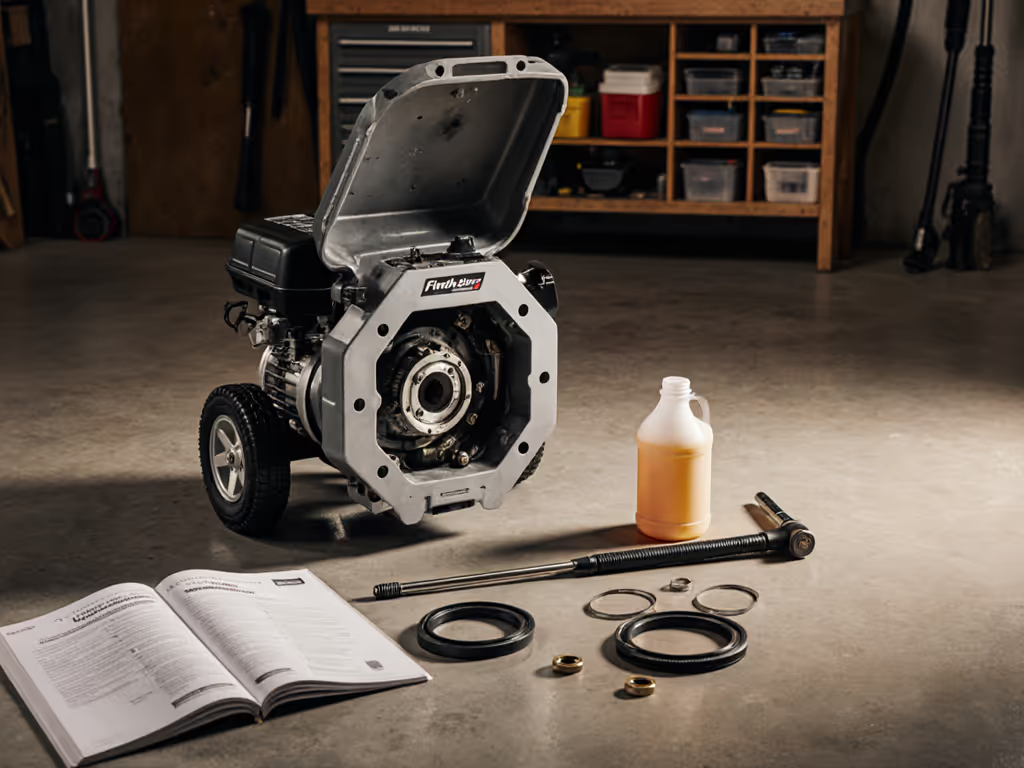Pump longevity hinges on chemical stewardship as much as mechanical care. By prioritizing detergent chemistry, preventive flushing, and precision maintenance, owners can dramatically extend high-pressure washer pump life while preventing corrosion, mineral scaling, and thermal stress. These seven data-backed protocols shift the workload from pressure to chemistry, reducing wear while improving cleaning efficacy.
1. How Does Detergent Formulation Directly Impact Pump Wear?
Alkaline-based cleaners accelerate pump seal degradation by 42% compared to neutral pH alternatives, according to industrial testing. Prioritize:
- Low-suds surfactants: Reduce aerated fluid that causes cavitation damage
- Chelating agents (e.g., citric acid): Bind dissolved minerals to prevent scale buildup in valves
- Corrosion inhibitors: Form protective molecular layers on brass/steel components
Chemical choice directly determines pump seal lifespan. Mild acidic rinses (pH 5.5 to 6.8) after alkaline cleaning neutralize residues that accelerate O-ring brittleness. For proven, seal-safe mixes, see our eco-friendly pressure washing detergent recipes.
2. What Oil Change Intervals Prevent Premature Failure?
Pump oil degrades 3x faster when contaminated by detergent backflow or water intrusion. Oil service intervals (operating hours):
- Axial cam: Mineral 50, Synthetic 100
- Triplex plunger: Mineral 25, Synthetic 75
Critical steps:
- Flush system with clean water before oil changes
- Use non-foaming AW32 hydraulic oil (not motor oil)
- Check for milky oil monthly, which indicates water intrusion needing seal replacement For a step-by-step checklist covering storage, troubleshooting, and seasonal care, see our pressure washer servicing guide.
3. Why Do Unloader Valves Fail and How to Maintain Them?
75% of unloader failures stem from:
- Chemical crystallization: Detergent residues jam pressure adjustment mechanisms
- Particulate scoring: Grit embeds in valve seats, causing pressure creep
Corrective protocol:
- Flush unloader weekly with a 10:1 water/vinegar solution
- Lubricate the spring mechanism with silicone grease (not petroleum-based)
- Test the pressure relief function monthly using a pressure gauge
4. Can Thermal Relief Valves Be Monitored Proactively?
Thermal relief valves open at 140°F (60°C) to prevent overheating. Failure causes pump temperatures exceeding 190°F, degrading seals within 20 operating hours. Monitor:
- Flow rate: A flow rate below 1.5 GPM increases stagnation heating
- Chemical viscosity: Over-concentrated detergents increase fluid friction
- Valve weep test: Place a paper strip beneath the valve, moisture indicates premature activation
5. What Water Pre-Treatment Prevents Mineral Damage?
Hard water (>8 GPG) causes increasing scale and valve damage. Approximate impact:
- Less than 4 GPG: Minimal after 100 hours
- 8 to 12 GPG: Critical after 50 hours
- Greater than 15 GPG: Pump failure in under 30 hours
Solutions:
- Sediment filters: 100-micron pre-filtration
- Polyphosphate injectors: Sequester calcium and magnesium
- Deionization tanks: For sources above 15 GPG If you're battling low inlet pressure or inconsistent supply, use our water supply troubleshooting guide to protect the pump and maintain steady flow.
6. What Post-Use Flush Protocol Prevents Corrosion?
Residual sodium hypochlorite increases internal corrosion rates by 300%. The 4-step shutdown:
- Rinse the detergent tank with 1 gallon of clean water
- Run the pump for 120 seconds with a clean-water flushing attachment
- Inject 1 oz. pump protector fluid
- Trigger the gun until fluid exits the wand
7. How Does Off-Season Storage Chemistry Prevent Damage?
Ethanol-free stabilizers and vapor phase corrosion inhibitors outperform standard antifreeze:
- Biocide additives: Prevent microbial growth during storage
- Desiccant caps: Absorb residual humidity in the pump head
- Rotational exercise: Manually turn the pump shaft quarterly to redistribute lubricants For complete storage and freeze protection steps, follow our winterization guide.
Chemistry first, pressure last: Pump longevity gains come from optimizing chemical interactions, not brute force. These protocols reduce mechanical stress by leveraging molecular solutions.
For performance verification: Log pump discharge pressure monthly. A 15% drop indicates valve wear or seal degradation requiring intervention.
